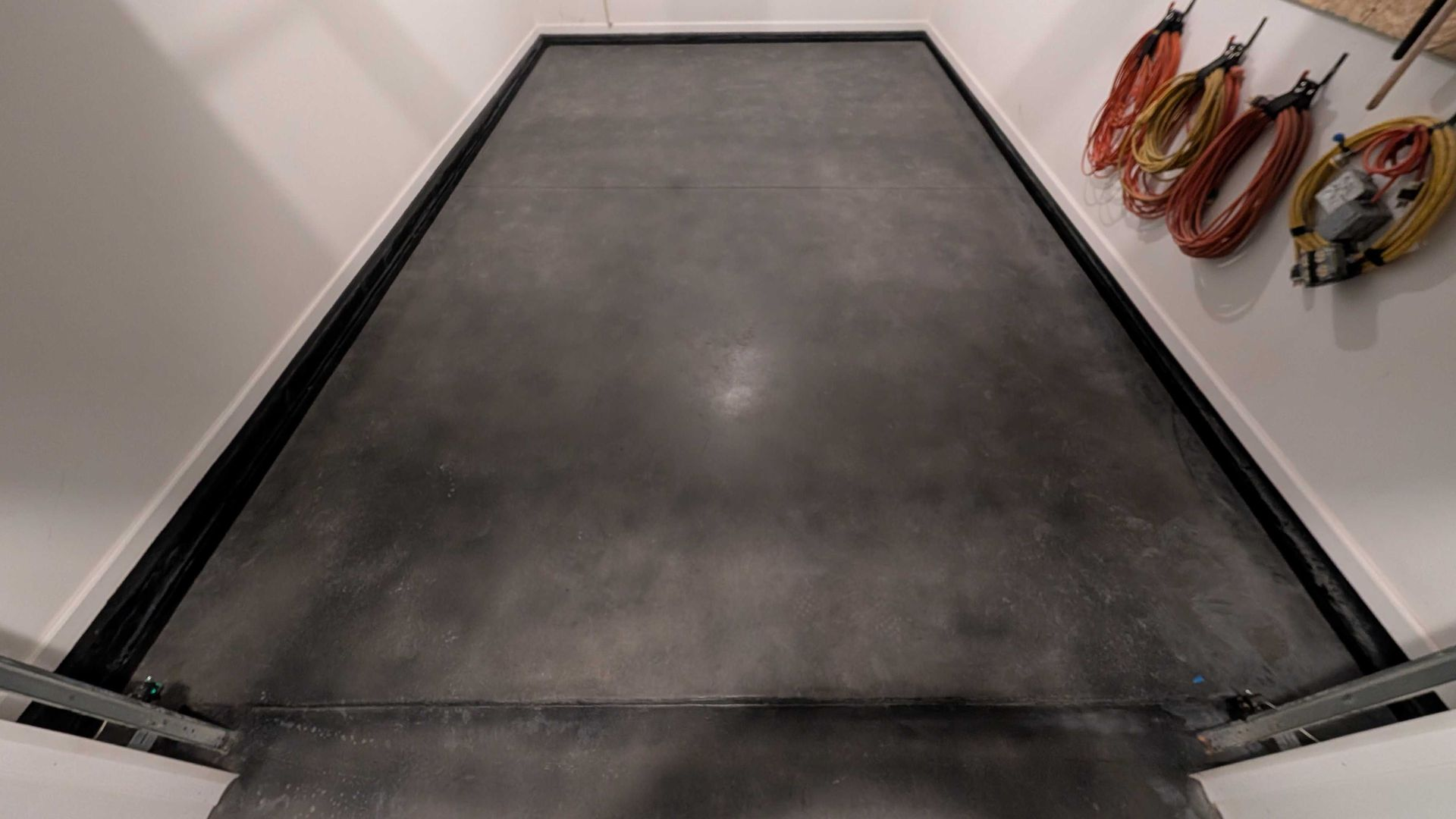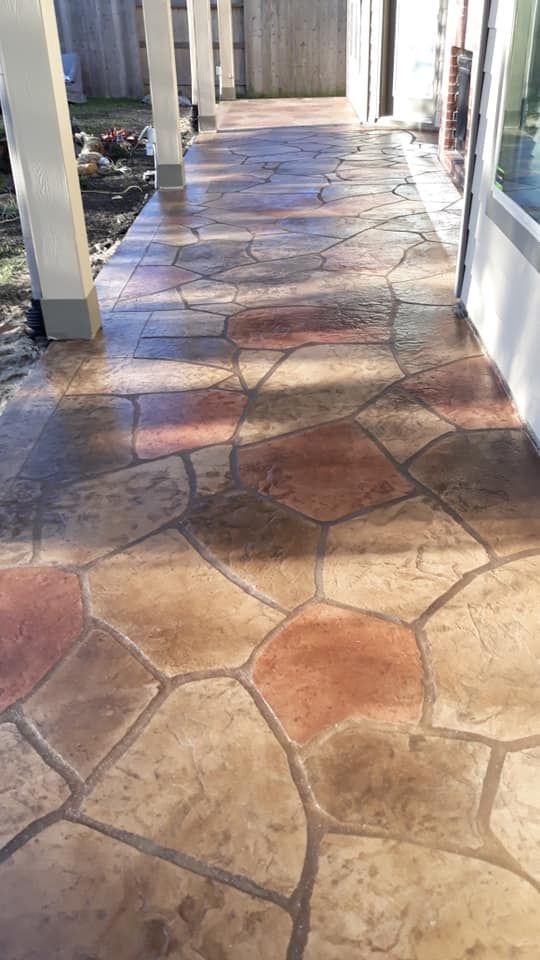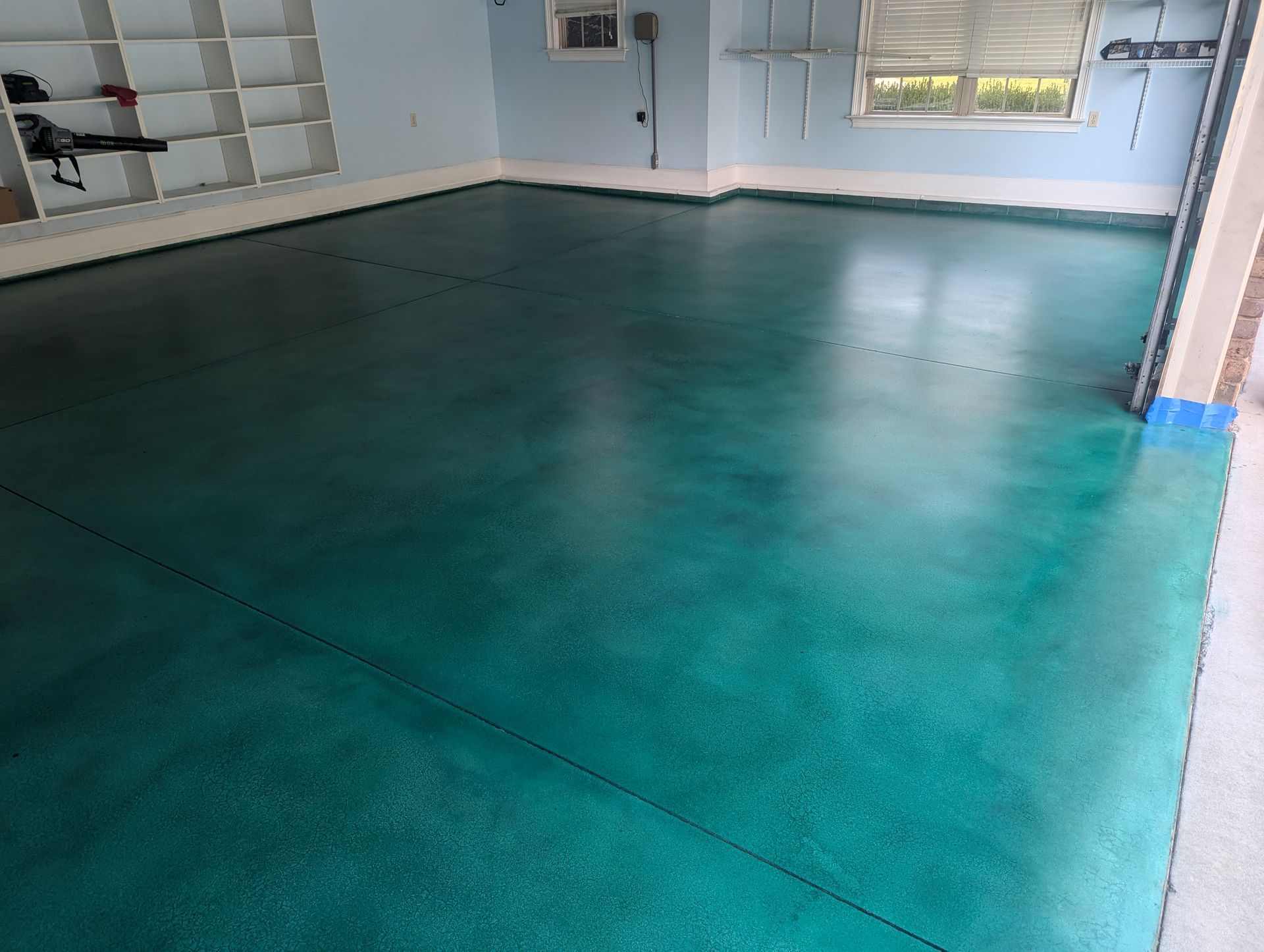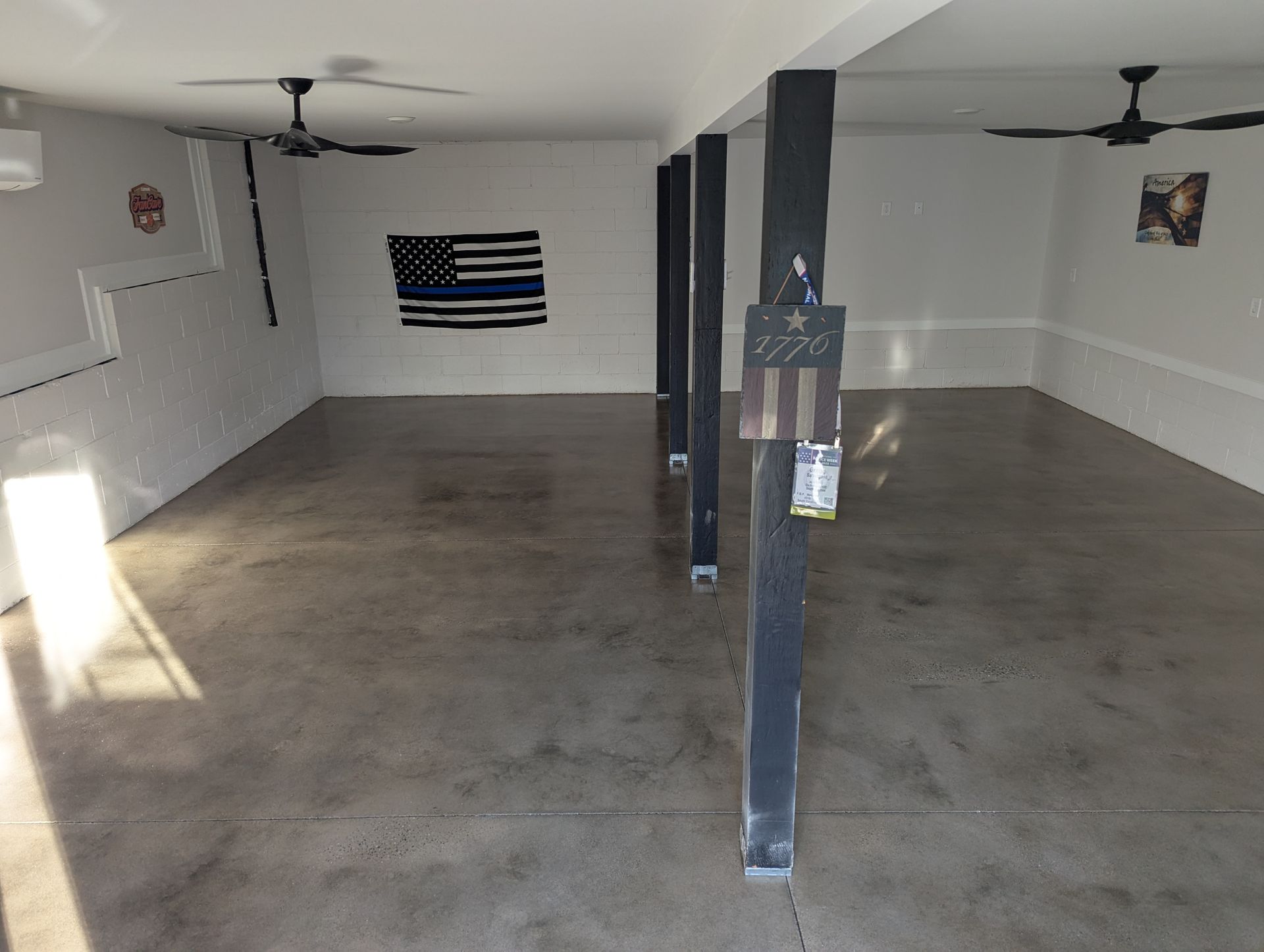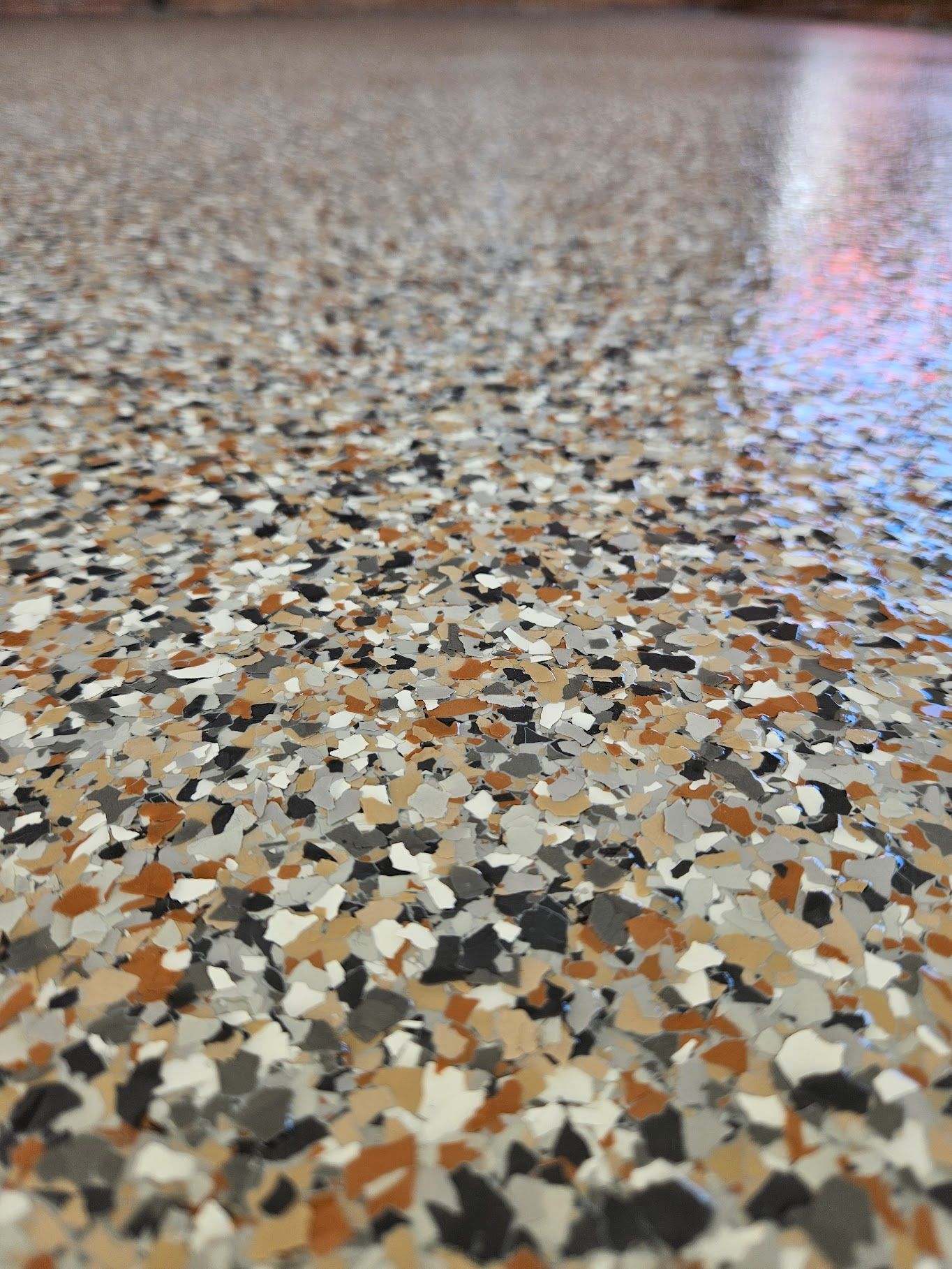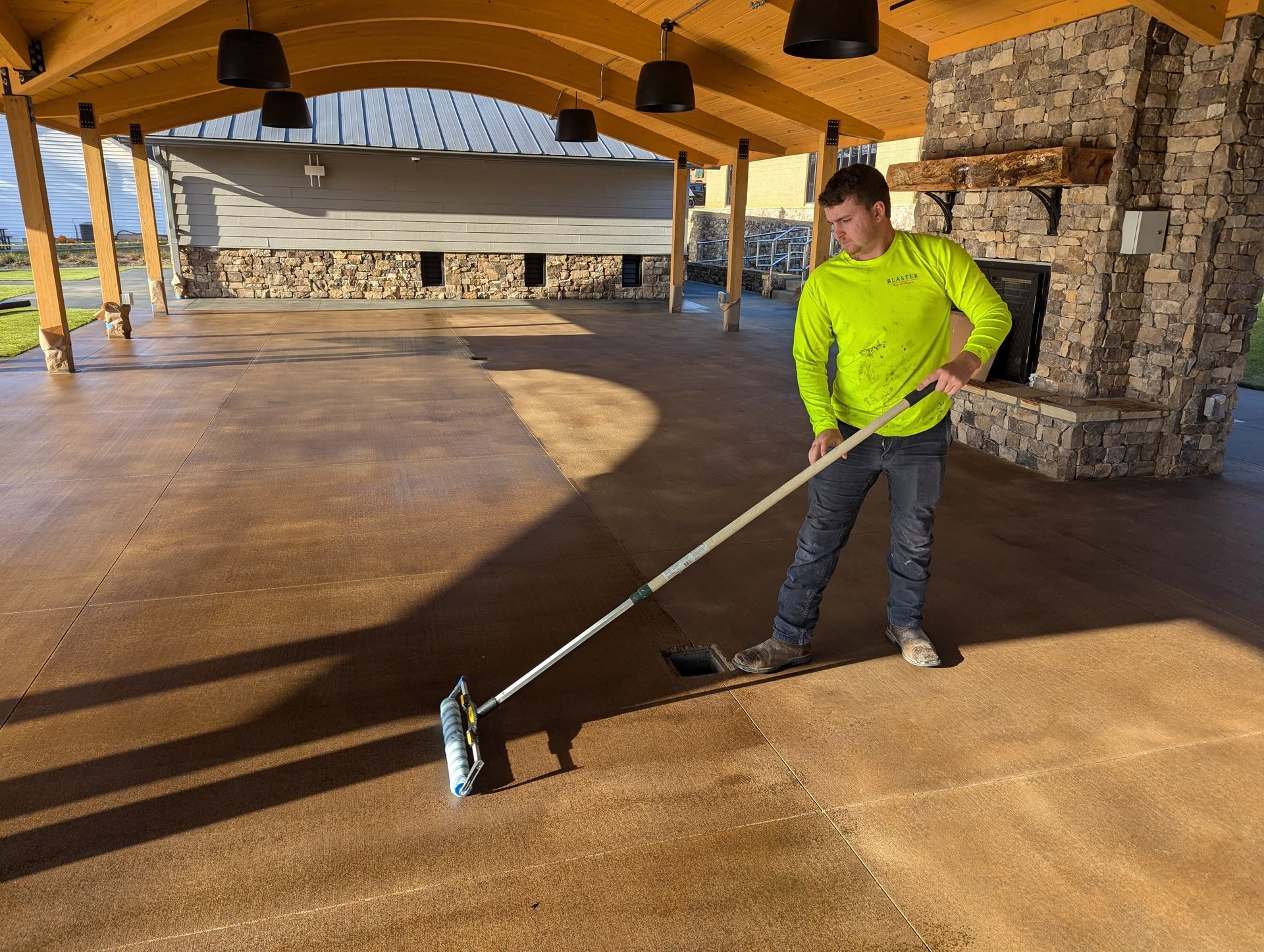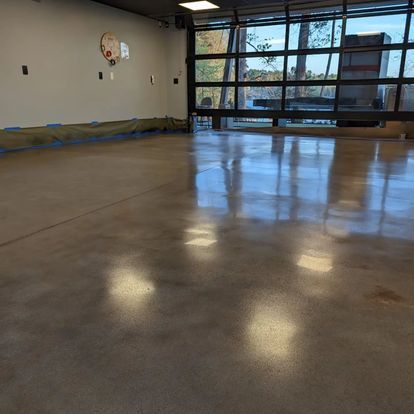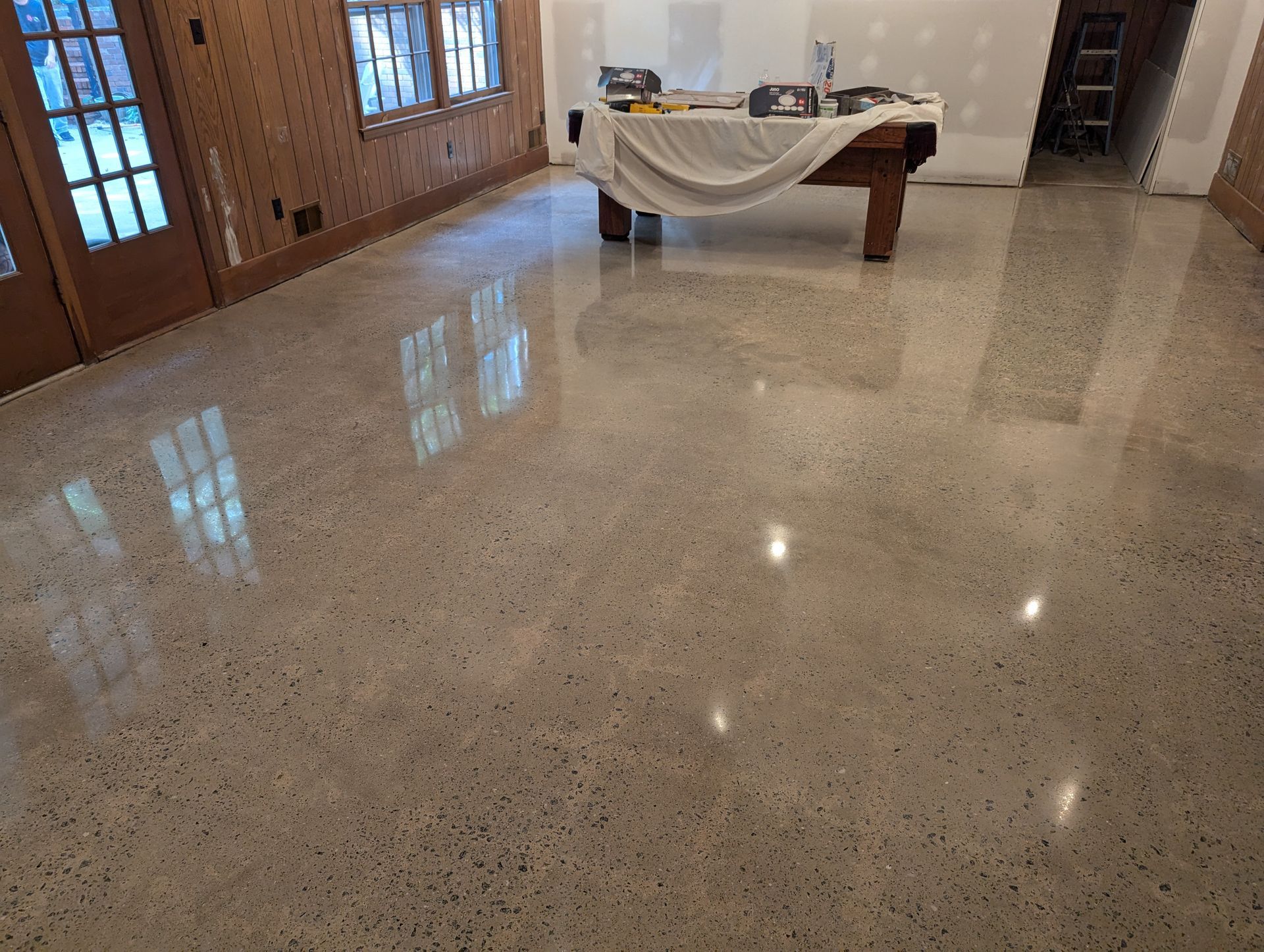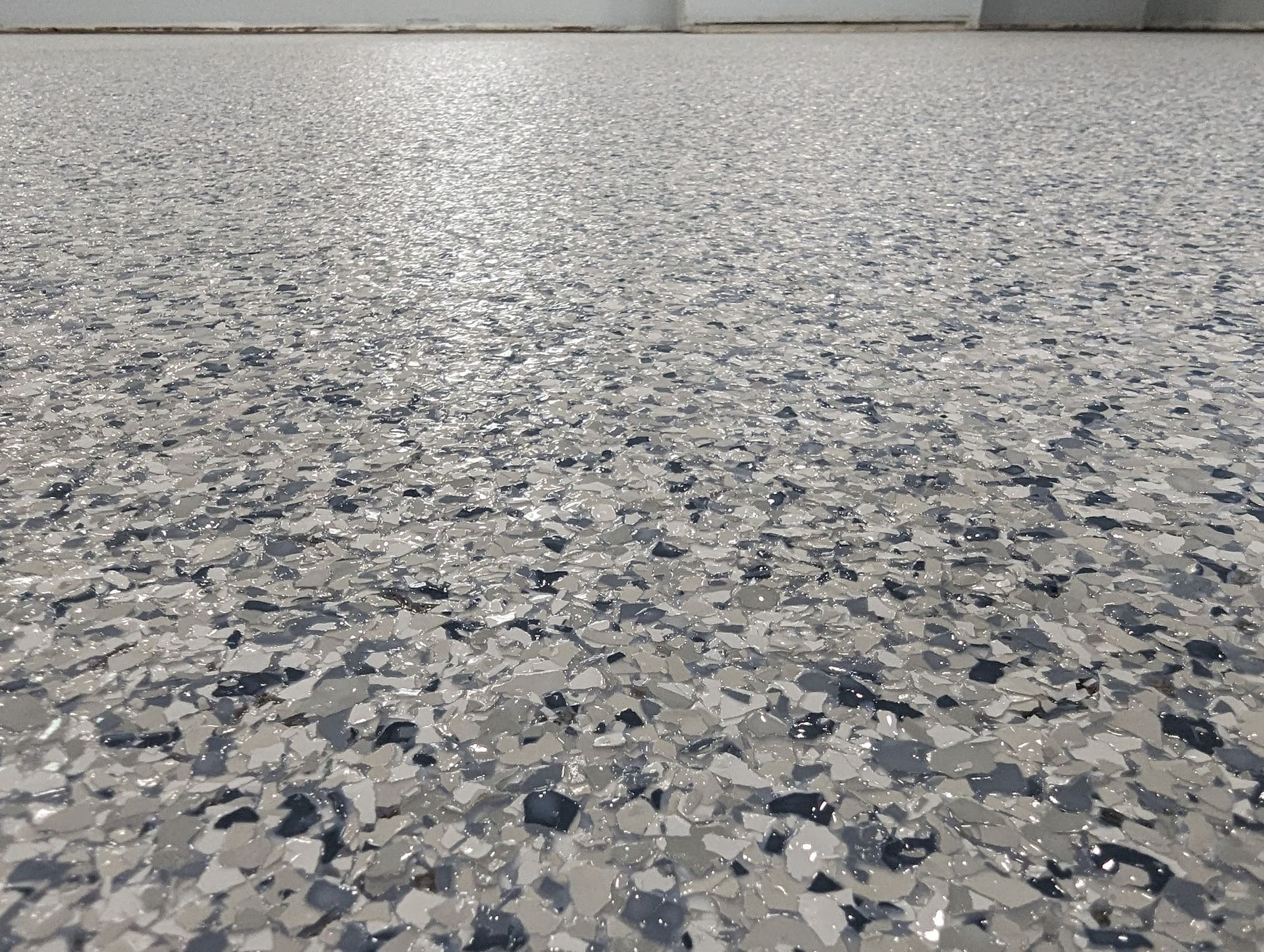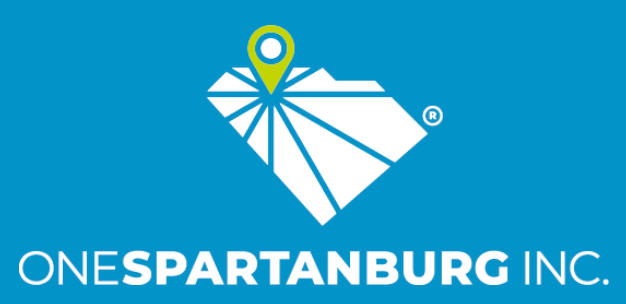Polished Concrete vs. Epoxy Flooring: Which Wins for Spartanburg Homes and Businesses?
Choosing the right flooring can make or break the function, aesthetics, and maintenance needs of a space—especially in Spartanburg, where both humidity and foot traffic are important factors. Two of the most popular options are polished concrete and epoxy flooring. Both deliver durable, long-lasting surfaces, but each has its strengths and limitations depending on the setting.
In this guide, we’ll compare polished concrete and epoxy flooring side by side to help you make an informed decision for your Spartanburg home or business.
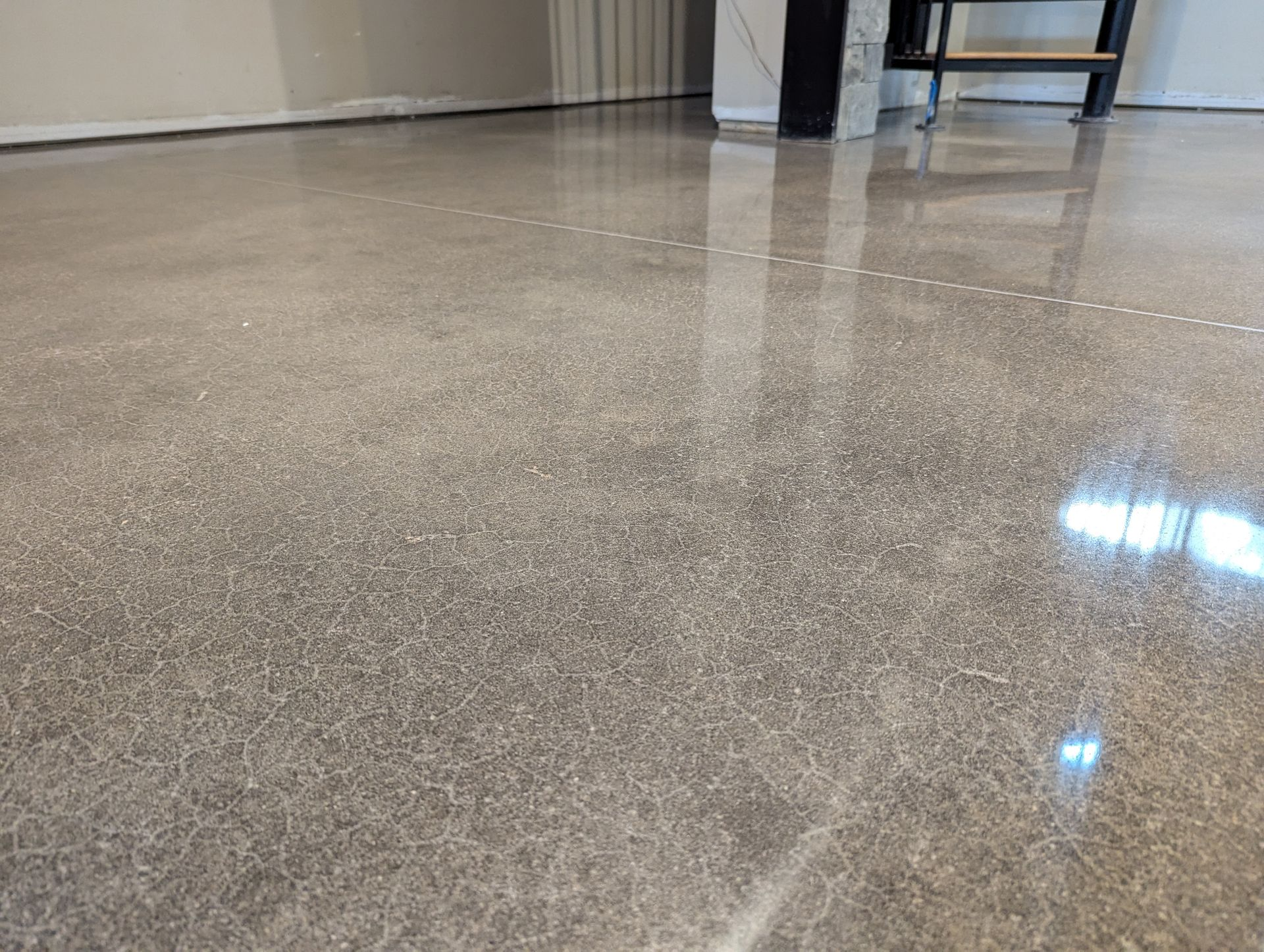
What Is Polished Concrete?
Polished concrete is a mechanically refined concrete slab. The surface is ground down with progressive grit levels, treated with a densifier, and polished to achieve a matte, semi-gloss, or high-gloss finish. It’s ideal for both residential and commercial spaces where longevity, ease of maintenance, and a clean aesthetic are important.
What Is Epoxy Flooring?
Epoxy flooring involves applying a resin-based coating over a prepped concrete floor. It cures into a hard, seamless surface that resists chemicals, abrasions, and impacts.
Epoxy is widely used in garages, workshops, warehouses, and commercial kitchens due to its protective properties.
Polished Concrete vs. Epoxy: Side-by-Side Comparison
| Feature | Polished Concrete | Epoxy Flooring |
|---|---|---|
| Durability | Very high; resists wear from foot traffic and loads | High; excellent against chemical spills and abrasion |
| Lifespan | 20+ years with minimal maintenance | 5–10 years before reapplication may be needed |
| Installation Time | 3–5 days (depending on finish and slab condition) | 1–3 days (depends on coating layers and cure time) |
| Moisture Resistance | Moderate; vapor-permeable surface | High; acts as a moisture barrier (but prone to bubbling if slab is damp) |
| Maintenance Needs | Low; sweep and occasional wet mop | Medium; avoid harsh cleaners, recoat after wear |
| Finish Options | Matte to high-gloss; natural concrete look | Glossy, solid colors, metallic finishes, flake designs |
| Slip Resistance | Excellent; doesn’t yellow or fade | Poor; standard epoxy yellows without UV-stable topcoat |
| Cost (per sq ft in Spartanburg) | $3.00–$8.00 | $4.00–$10.00 |
| Best Use Cases | Retail, homes, showrooms, offices | Garages, warehouses, industrial kitchens, auto shops |
Which Is Better for Spartanburg Homes?
Polished Concrete:
- Great for
basements,
living rooms, and
entryways.
- Works well in homes that want an industrial, modern look.
- Requires no coatings, which means no peeling or reapplication over time.
Epoxy Flooring:
- Ideal for
garages,
utility rooms, and
mudrooms.
- Resists oil, grease, and tire marks.
Offers decorative finishes like flakes or metallics.
Which Works Best for Spartanburg Businesses?
Choose Polished Concrete If:
- You want a
low-maintenance and
long-lasting surface for lobbies, stores, offices, or light commercial use.
- You prefer a
sustainable finish with minimal chemical use.
- You need excellent
light reflectivity to reduce lighting costs.
Choose Epoxy If:
- Your business involves
chemical handling,
heavy machinery, or
spill-prone environments.
- You need
a protective barrier for the concrete slab against water or corrosives.
You want
custom design options like colors or logos.
Common Misconceptions
- Epoxy is stronger than polished concrete: Not always. While epoxy resists chemical and surface abrasion well, polished concrete is more durable in long-term wear-and-tear scenarios without risk of peeling.
- Polished concrete is slippery: When dry, it offers good traction. Non-slip additives can be used if needed in high-traffic or wet areas.
- You can't use polished concrete in a garage: You can—but epoxy is better if oil, salt, or chemicals are frequent.
Conclusion: Choose Based on Function, Not Just Finish
Both polished concrete and epoxy flooring are excellent choices—but the best option depends on how the space will be used. Polished concrete shines in terms of longevity, sustainability, and maintenance. Epoxy, on the other hand, is unmatched in chemical resistance and surface protection.
If you're in Spartanburg and unsure which one fits your project best, the team at Blastek Concrete Designs is here to help. We’ve worked with homes and businesses across the region to deliver flooring that performs as well as it looks.
FAQ
Which flooring lasts longer—epoxy or polished concrete?
Polished concrete typically lasts 20+ years, while epoxy coatings may require reapplication after 5–10 years.
Can I install polished concrete over epoxy?
No. Epoxy must be completely removed before polishing the underlying concrete.
Is polished concrete more eco-friendly?
Yes. It uses fewer coatings and materials, making it a more sustainable option with lower VOC emissions.
What’s more expensive—epoxy or polished concrete?
Epoxy can be more expensive depending on design complexity. Polished concrete is usually more cost-effective over time.
Which flooring is better for resale value?
Both offer value, but polished concrete is often more attractive to buyers seeking low-maintenance, eco-conscious homes or commercial properties.


